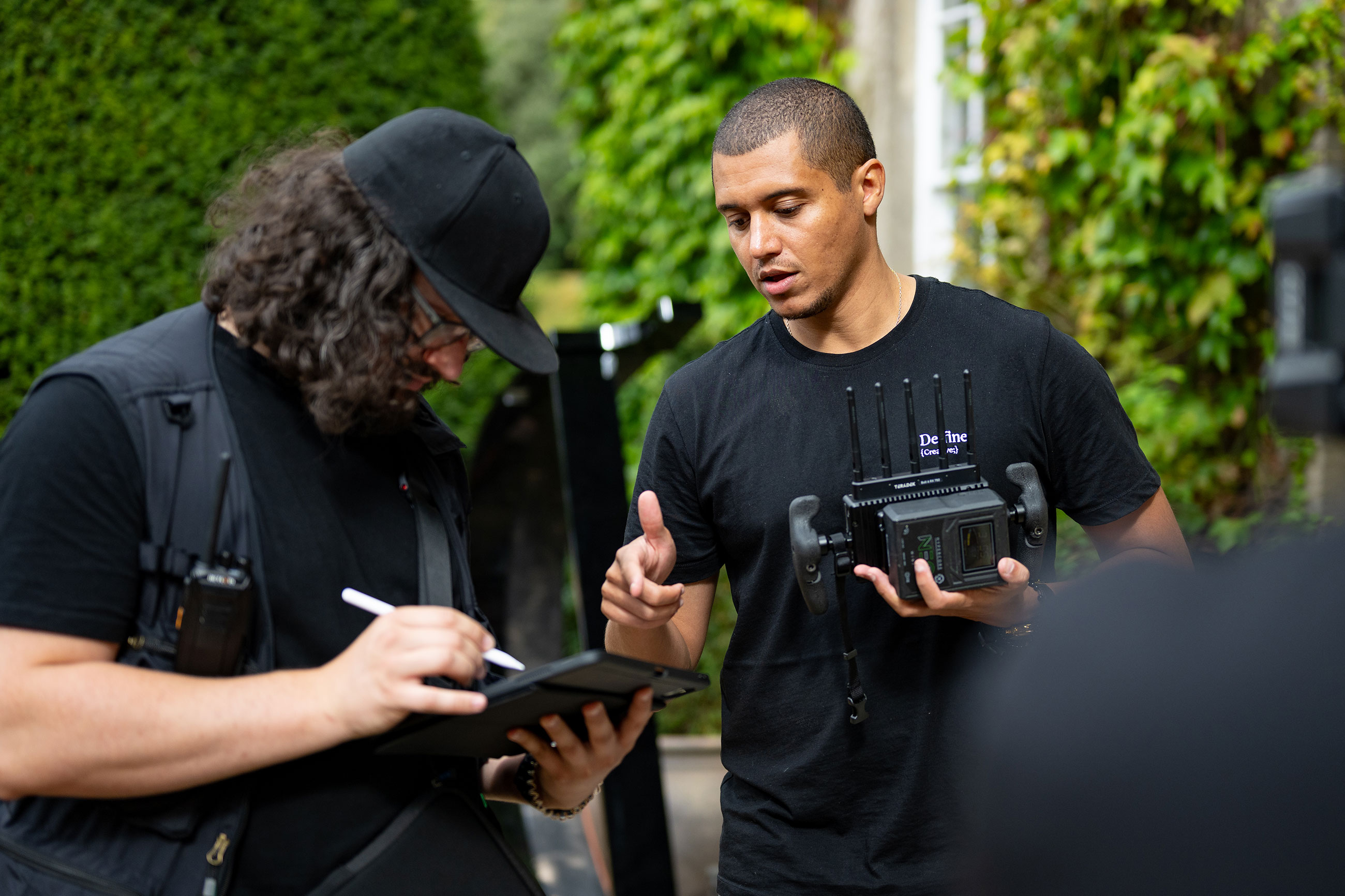






October 2, 2024
Jasmine Paramasivan, Studio Manager
Whether you’re an avid Netflix fan or you’ve heard the catchy “Mon Soleil” song across social media trends, you will likely have seen that the second part of Season 4 dropped on 12th September this year. Emily in Paris has been a huge subject of discussion when it comes to marketing, from how it’s portrayed as a profession to how it has shown the way product placement in entertainment has evolved.
Emily in Paris is known for its strikingly obvious product placement where huge real-life brands go to the fictional marketing agency “Agence Grateau” for marketing strategy advice. More often than not, the general plot sees a big brand going to the agency for help with a new campaign, the pitched ideas not landing well and Emily saving the day with a big idea that defies the rules of traditional marketing (usually by introducing the use of social media). Though many deem this process as unrealistic (with budgets and campaign processes completely non-existent), there is something to be said for the effects of these fictional campaigns on the real-life brands’ performance.
The first big example we saw of the blurred lines between fictional and real-life marketing strategies was when McDonald’s re-launched the McBaguette, a product that was first launched in 2012 then featured in the show in 2022. Taking product placement to the next level, McDonald’s in real life had a brand partnership with Emily in Paris where they showcased a French inspired menu. In the show, Emily attempts to promote the McBaguette by bridging French and American landscapes on social media to bring the two audiences together, which unfortunately, doesn’t sit well with the executives of the golden arches company. Though in the show, McDonald’s didn’t go ahead with the campaign, the excitement around the McBaguette was evident in real-life, with the McDonald’s France TikTok account reaching over a million views and a 95% interaction rate across their social media1. Overall, sales of the McBaguette increased by over 25% following the featured episode.

Another great example of fiction and non-fiction marketing success in Emily in Paris is the Ami Paris campaign that in the show saw hot air balloons (that mimic the luxury designer’s logo) and the theme of true love, using Emily and her boyfriend as the stars of the campaign. Her role in the Ami Paris’ marketing campaign helps to tell the story of the overall plot and plays a big part in both Emily’s personal and professional life, with a big emphasis on the fictional audience of the brand wanting real relationships to either relate or aspire to.
In the real-life marketing world, the word “storytelling” is used to describe how brands can authentically connect with their audiences, and Emily in Paris is a perfect example of how taking it one step further to tell a fictional story can connect with people in a deeper way. Vogue Business wrote, “while the show’s marketing agency Agence Grateau is fictional, it’s creating real-world impact for the brands and retailers involved.2” which we can see through the effects that the in-show marketing campaigns have on these brands in real-life.

One of the reasons Emily in Paris seems to do a good job of balancing how to use a fictional world to promote a brand is because the companies that Emily works with are usually in some way relatable to the overall plot of the story. Last year, White Lotus was criticised for partnering with easyJet which led to questions around why a wealthy family would be queuing at a budget airline without at the very least having speedy boarding tickets. This led to fans of the show questioning its authenticity due to the disconnect between the brand and its audience.

Overall, it’s safe to say that Emily in Paris has provided a much needed refresh on product placement in TV shows, by integrating it into the show’s storyline for a better consumer experience. Fashion news site Fashion United stated that, “As streaming platforms and luxury brands navigate this new landscape, the success of "Emily in Paris" in seamlessly weaving brand narratives into its storyline may well set a new standard for content creation and marketing in the digital age.3” The show perfectly blends together what marketing in the 2020s looks like: with influencers, social media and guerilla marketing leading the way. Looking forward to seeing what next season brings (and not just to see who Emily chooses!).
References:
1. https://www.lovethework.com/work-awards/campaigns/emily-in-paris-1549920
2. https://www.voguebusiness.com/story/fashion/the-business-of-emily-in-paris

